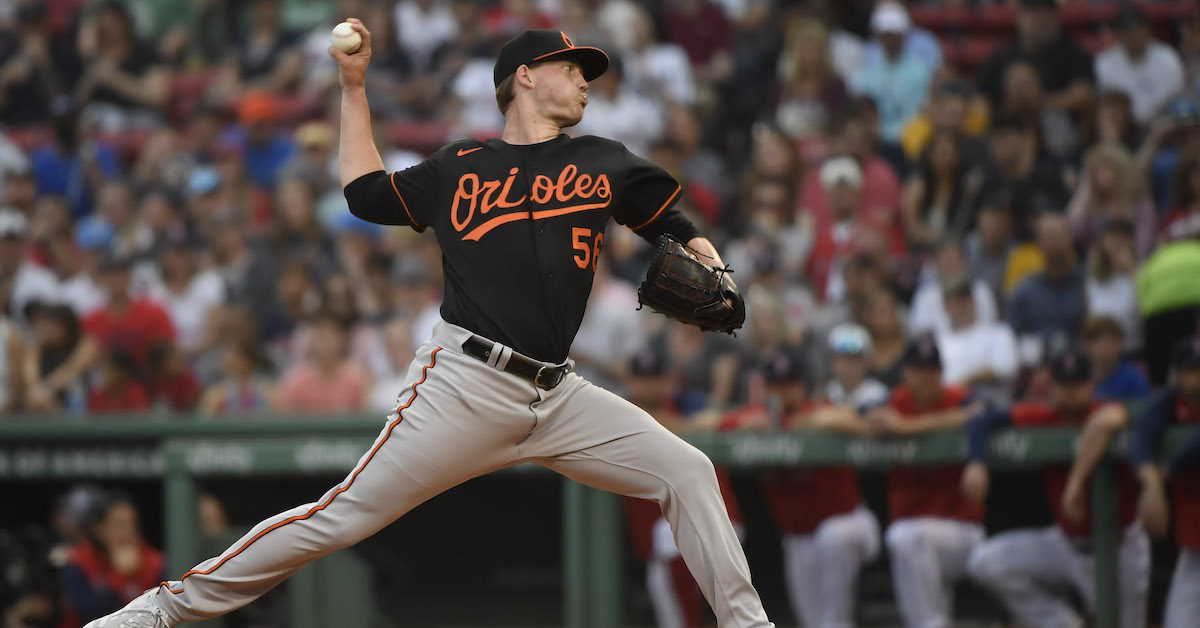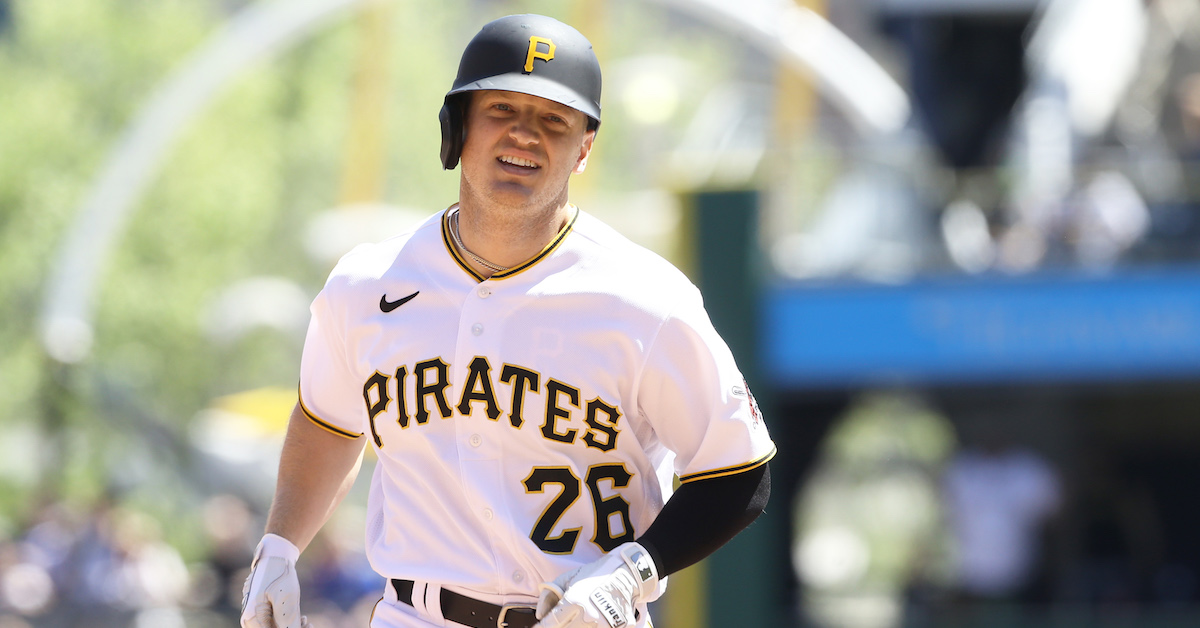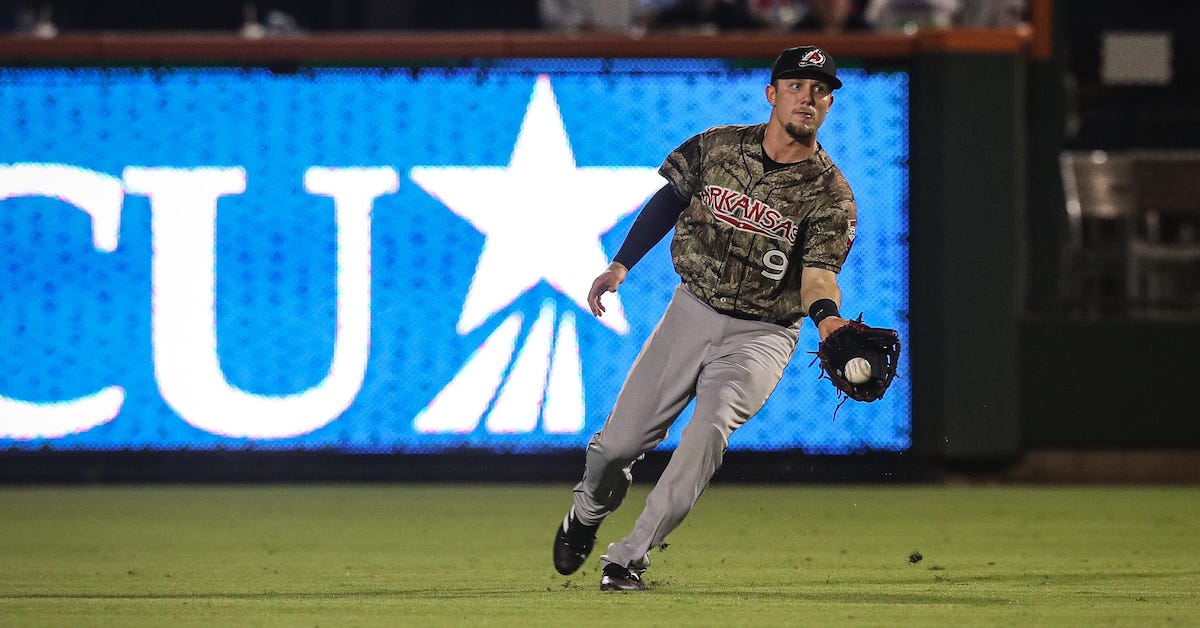Miami Marlins Prospect Cody Morissette Is New Hampshire Proud

MLB history includes 54 players born in the state of New Hampshire. Cody Morissette is hoping to become the 55th. A 22-year-old infielder who was drafted 52nd overall last year out of Boston College, Morissette is No. 11 on our newly-released Miami Marlins Top Prospects list.
A Manchester native who attended high school in Exeter, Morissette excelled at the collegiate level — he posted a .337/.400/.507 slash line in his three seasons as an Eagle — while being overshadowed by a high-profile teammate. Sal Frelick, himself a native New Englander, was taken 15th overall last year by the Milwaukee Brewers.
Morissette, who is slashing .232/.314/.444 with 12 home runs for the High-A Beloit Sky Carp, touched on his New Hampshire roots, and his big league aspirations, earlier this week.
———
Morissette on his three-homer game on June 17:
“That was a special night for me. Along with being able to help the team win, it was really cool to hit three home runs, because it’s the first time I’ve done it on a big diamond. Baseball is a weird game. The night before, I was 0-for-5 with five strikeouts. I wanted to come back the next day and respond in a good way, and three home runs was definitely a good way to respond.”
On reports that he projects as hit-over-power: Read the rest of this entry »








